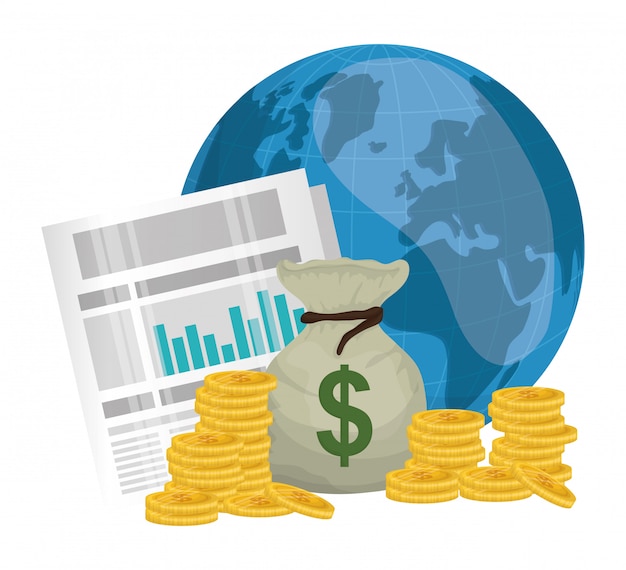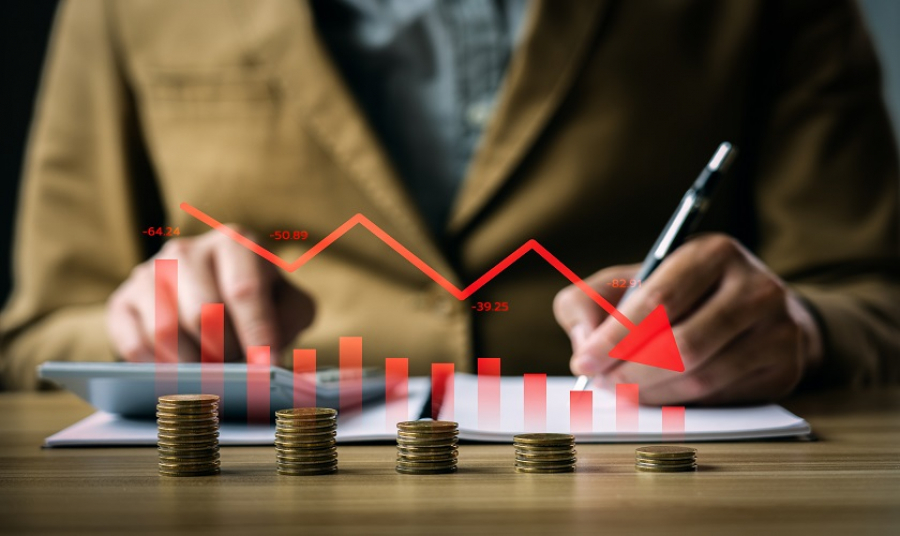Specifically, according to the Banco Central de Reserva of El Salvador, 3T23 was the period with the highest growth during the year as a result of increased security in the country, which has favored tourist flows and public and private investment decisions.

However, one of the activities that most influenced the figures was the generation of electric energy (and its export), as El Salvador became one of the main energy suppliers in the region, with a 109% growth as of 3T23.
Meanwhile, the Volume Index of Economic Activity (IVAE) indicates that production grew around 3.9% in the last quarter of 2023, driven by the dynamism of the construction sector and financial and insurance activities.

Industry-related activities continue to show a deterioration in their dynamics.
With respect to prices, El Salvador ended the year with an annual inflation rate of 0.8%, the lowest in three years, which completed seventeen consecutive months of decline, because of the contraction in the prices of household goods, transportation, and recreation and culture, while food prices continued to decelerate.
An important driver of the Salvadoran economy and of household consumption, are remittances, which represent around 24% of GDP and make El Salvador the third most dependent country in Latin America on remittances -they even contribute more income to the economy than exports.
Family remittances grew 4.6% annually, exceeding US$8.1 billion; that is, US$362.2 million more than what was received during 2022. With this, the amount received in remittances at the end of last year was the highest since 1991, supported in part by the resilience of the labor market in developed economies, particularly the United States.
In january of this year, remittances registered a slight reduction (-0.4%) with respect to the same period of 2023. However, the outlook for remittance inflows remains positive.
With respect to the trade balance, both exports and imports contracted in 2023.
Specifically, foreign sales ended 2023 with a record of USD6,498 (-8.7% y/y) due to the sharp drop in maquila exports, which represent 15% of the total, while foreign purchases fell back 8.5% y/y. However, during january 2024, exports increased 1.6% annually, after ten months of contraction, thanks to a good dynamic in the sugar sector.
Other world economic data

United States
- During the last quarter of 2023, US GDP grew 3.2% annualized vs. 3T23, driven by solid consumer and government spending, non-residential fixed investment, residential and private inventories.
- On the price front, the february S. IPC posted a monthly increase of 0.4%, which was 10 bps higher than the january figure (0.3%), because of gains in rent and gasoline prices.
- Thus, we expect the Federal Open Market Committee (FOMC) to keep the interest rate stable in the first months of 2024, so that the first cut would only occur until the middle of the year.
3. Latin America
- In 2023, Brazil's economic activity experienced robust growth as a result of a record grain harvest. Meanwhile, after reaching a monetary policy rate of 13.75% in august 2022, the Central Bank of Brazil began the process of monetary easing a year later and has since made five rate cuts, for a total of 250 bps. This dynamic has been accompanied by a reduction in inflation, with consumer prices reaching an annualized 4.5% in february.
- In Chile, the sharp decline in consumption and stagnant investment led to growth of only 0.2% in 2023.With respect to inflation, it stood at 4.5% y/y in february. In this context, after reaching its peak of 11.25%, the Central Bank started the monetary easing cycle in july 2023, so that it has accumulated a reduction of 400 bp, to a rate of 7.25% in february.
- During 2023, Costa Rica's economy grew 5.1% as a result of growth in private consumption, increased investment and exports, and in 2024, growth is expected to slow as a result of deteriorating external conditions.
- The mexican economy has largely benefited from the US nearshoring trend and the economic resilience of the world's leading economy, which allowed for an increase in business confidence. Thus, although in 2024 it would also go through a slowdown phase due to tighter financial conditions and lower growth in its main trading partner (US), it is expected to maintain relatively good records, close to 2.3%.
- Peru's economic activity was largely impacted by political instability and the negative effects of extreme weather, which resulted in a 0.6% drop in GDP in 2023.The price convergence process continues, and inflation is expected to return to the target range (1%-3%) in 2T24. With this, the monetary authority will resume the monetary easing process it started in september.
Panama
- The Panamanian economy grew at a remarkable pace in 2023, with GDP expanding 7.3%, because of the dynamism of the construction sector, trade and logistics.
- However, in the last months of last year, economic activity was affected by the cessation of operations of the Cobre Panama mining project, and GDP growth slowed significantly in the last quarter of the year, when it advanced 3.3% annually, amid a sharp drop in mining production.
- Panama experienced a rapid process of normalization of inflation, from the peak reached in june 2022 (5.2%), as a result of the freezing of fuel and food prices by the Government.
- Meanwhile, the behavior of the trade balance was characterized by a reduction in the deficit, thanks to the significant decline in imports due to the weakening of household consumption.
- However, the increase in government revenues - due to the sale of state-owned land to the Panama Canal Authority - towards the end of last year allowed for a significant correction of the fiscal deficit, which, according to preliminary figures, made it possible to meet the goal of the Social Fiscal Responsibility Law.
- Finally, Panama's general elections are scheduled for next may 5, and although the outcome of the elections has a high margin of uncertainty, it is considered that the approach of the candidates leading the voting intention with respect to economic policy will continue in line with the tradition that has prevailed in the country's recent history.
International Economy
- In 2023, the global economy proved resilient, despite facing still high levels of inflation, tight financial and monetary conditions, and geopolitical tensions fueled by the war in Ukraine, the U.S.-China rivalry, and the war between Israel and Hamas.
- However, in 2024, the global economy is expected to slow down, as high interest rates will limit demand, in a context in which uncertainty regarding the resolution of geopolitical conflicts will continue to prevail.
- The inflation outlook continues to face upside risks: rising shipping costs, the intensification of conflict in the Middle East and climatic phenomena that could impact agricultural production in several countries.
- In this environment, the Federal Reserve and the European Central Bank are expected to start lowering interest rates from the middle of the year.
- Thus, the global economy would follow a soft-landing scenario, in which inflation will gradually decelerate, allowing the start of the monetary easing cycle in advanced economies and avoiding a technical recession.
Translated by: A.M
 English
English  Español
Español 
